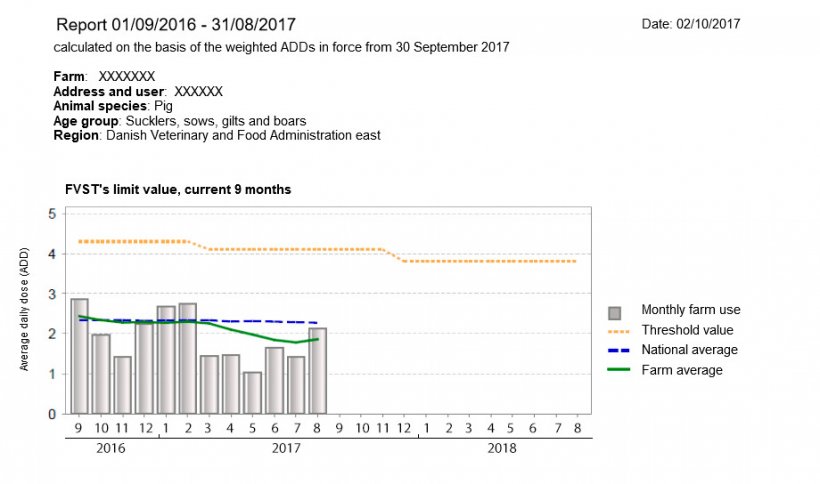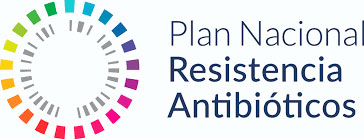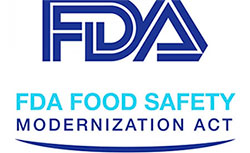The single most important goal of using antibiotics in animal medicine is the prevention and treatment of animal suffering through good health management. In most countries, antibiotics may only be used under a veterinary prescription that is created by a veterinarian who has established a good veterinary-client-animal relationship. Veterinarians realize the benefit of antibiotics and want to protect their long-term effectiveness, for both the treatment of people and animals, for future generations. Veterinarians play a key role in the responsible use of antibiotics and are major influencers in any antibiotic reduction strategy.
We had the pleasure of interviewing four pig veterinary practitioners from some of the most important pig production countries around the globe including the USA, Italy, Denmark, and Spain. In this first article we summarize the general discussion about antibiotic reduction strategies in their respective countries, how goals are set, and how their respective industries are following them.

All of our interviewed veterinarians highlighted that, without doubt, governments and industry from their countries are extremely concerned about the overall reduction of antibiotic usage. They all described the various initiatives outlined by their official national programs. Michael Agerley is one of 12 veterinarians from Porcus, a large pig veterinary clinic in Denmark that provides herd health services to 200,000 sows in Denmark (i.e. 20% of Danish sow herd population). Agerley is very clear when he describes ‘the pressure that their government has put on the shoulders of pig practitioners’ since the very beginning of the Danish national initiative that started 10 years ago. Denmark has a national public database called “VETSTAT” (Image 1) and from this data they routinely report the total quantity of antibiotics prescribed per farm and per veterinarian. These levels are continuously benchmarked by their government. Agerley highlighted the very public approach on the latest initiative from the Danish research community where the “10 worst veterinarians” who prescribe the highest volume of antibiotics would be routinely posted in a newsletter. As we can easily appreciate, this topic is extremely important in every pig veterinarian’s daily practice. Agerley is very proud that thanks to the hard work of the Porcus veterinarians and their producers they have been able to avoid appearing on that list!

In Spain, the National Antibiotic Resistance Plan (Plan Nacional Resistencia Antibióticos - PNRA) was launched in 2014 following a European Commission directive. Sanz, the regional director for UVESA in Castilla y Leon, explained that the PRAN was significantly driven by the participation of production companies like  UVESA. UVESA is a production company with more than 400 M euros of annual revenue and is a leader in both the poultry industry and in pig production with over 40,000 sows in full production. Sanz noted that the PNRA has a very clear objective to lower overall antibiotic usage, and, even though it started as a voluntary program, the industry has made a great effort to make it successful since it is demanded by society. Finally, Sanz noted that as the industry drives the use of antibiotics lower, these changes need to run in parallel with preserving a competitive and profitable business. Effectively, that means that veterinarians need the tools and freedom to balance the prevention and treatment of existing pathologies in the interest of both human and animal wellbeing.
UVESA. UVESA is a production company with more than 400 M euros of annual revenue and is a leader in both the poultry industry and in pig production with over 40,000 sows in full production. Sanz noted that the PNRA has a very clear objective to lower overall antibiotic usage, and, even though it started as a voluntary program, the industry has made a great effort to make it successful since it is demanded by society. Finally, Sanz noted that as the industry drives the use of antibiotics lower, these changes need to run in parallel with preserving a competitive and profitable business. Effectively, that means that veterinarians need the tools and freedom to balance the prevention and treatment of existing pathologies in the interest of both human and animal wellbeing.
 Scollo is one of the 12 pig veterinarians from a large veterinary clinic in Italy called Suivet. She has more than 10 years of field experience in pig medicine. Scollo agreed on the importance of the topic of reducing antibiotic usage and she confirmed that it is also important to the Italian pig industry as a whole. However, in her opinion, she feels there is still a proportion of farmers and companies that are not ready to carry out the changes that are required. She described that there are country and regional guidances regarding the reduction of antibiotics but that there are no fees or punishments against those that do not follow them. As a result, she believes that more efforts need to be made to create the necessary incentives to proceed effectively.
Scollo is one of the 12 pig veterinarians from a large veterinary clinic in Italy called Suivet. She has more than 10 years of field experience in pig medicine. Scollo agreed on the importance of the topic of reducing antibiotic usage and she confirmed that it is also important to the Italian pig industry as a whole. However, in her opinion, she feels there is still a proportion of farmers and companies that are not ready to carry out the changes that are required. She described that there are country and regional guidances regarding the reduction of antibiotics but that there are no fees or punishments against those that do not follow them. As a result, she believes that more efforts need to be made to create the necessary incentives to proceed effectively.
Cano is the health assurance director for the Pipestone System in the USA. Pipestone is a large pig production system that manages approximately 280,000 sows (i.e. 4-5% of the USA sow herd population) and provides health services to other producers outside of their system. He provided his perspective about the United States pig industry and the issue of antibiotic reduction. He noted that on-farm use of antibiotics is regulated in the  USA by the Food and Drug Administration (FDA). He highlights the fact that the regulations for the use of antibiotics in feed has experienced very important changes over the last 10 years since the Food Safety and Modernization Act (FSMA) in 2010-2011 was enacted. With regards to the use of antibiotics in feed, a new set of regulations switched the government’s approach to a more proactive approach. FSMA ensured that feed mills would be treated as human food manufacturing facilities with regards to food safety. In 2015, they started to operate under the Veterinary Feed Directive (VFD) that guides and documents the appropriate usage of antibiotics in feed. It provides a framework which assures that field veterinarians will be involved in directing the appropriate use of antibiotics. Cano highlighted that this has been an important step on this path to achieving a responsible use of antibiotics in the pig industry.
USA by the Food and Drug Administration (FDA). He highlights the fact that the regulations for the use of antibiotics in feed has experienced very important changes over the last 10 years since the Food Safety and Modernization Act (FSMA) in 2010-2011 was enacted. With regards to the use of antibiotics in feed, a new set of regulations switched the government’s approach to a more proactive approach. FSMA ensured that feed mills would be treated as human food manufacturing facilities with regards to food safety. In 2015, they started to operate under the Veterinary Feed Directive (VFD) that guides and documents the appropriate usage of antibiotics in feed. It provides a framework which assures that field veterinarians will be involved in directing the appropriate use of antibiotics. Cano highlighted that this has been an important step on this path to achieving a responsible use of antibiotics in the pig industry.
In the next article of this series we will discuss our interviewed veterinarians’ experiences and strategies for reducing antibiotic use on their farms, their successful and not so successful stories.




